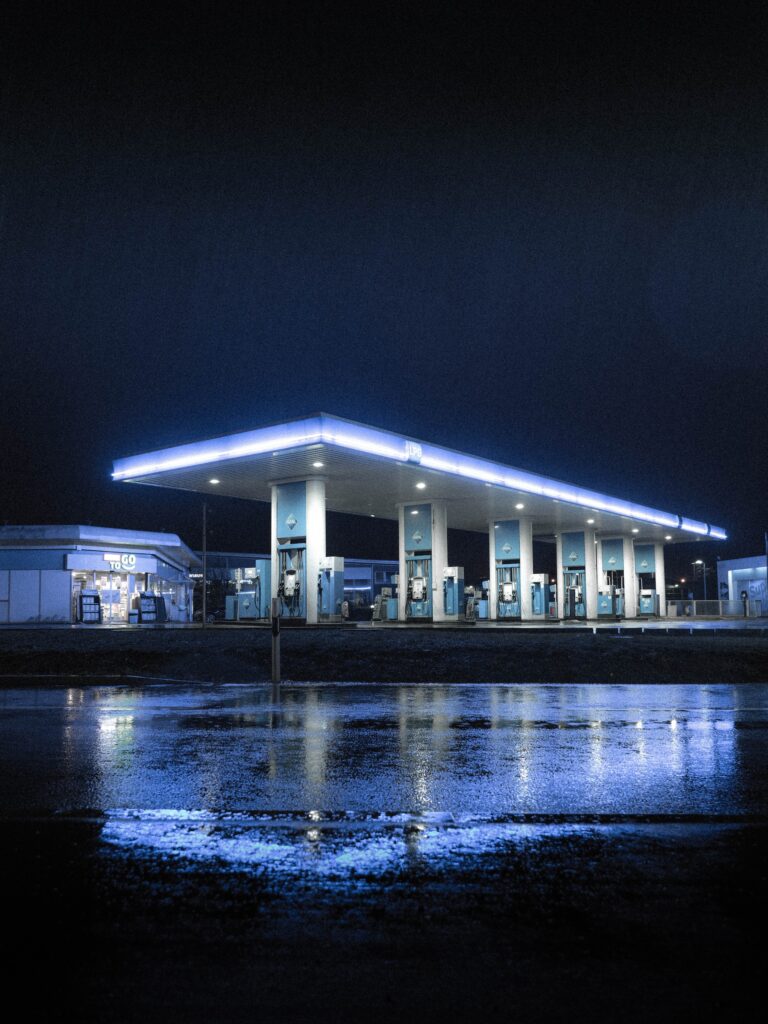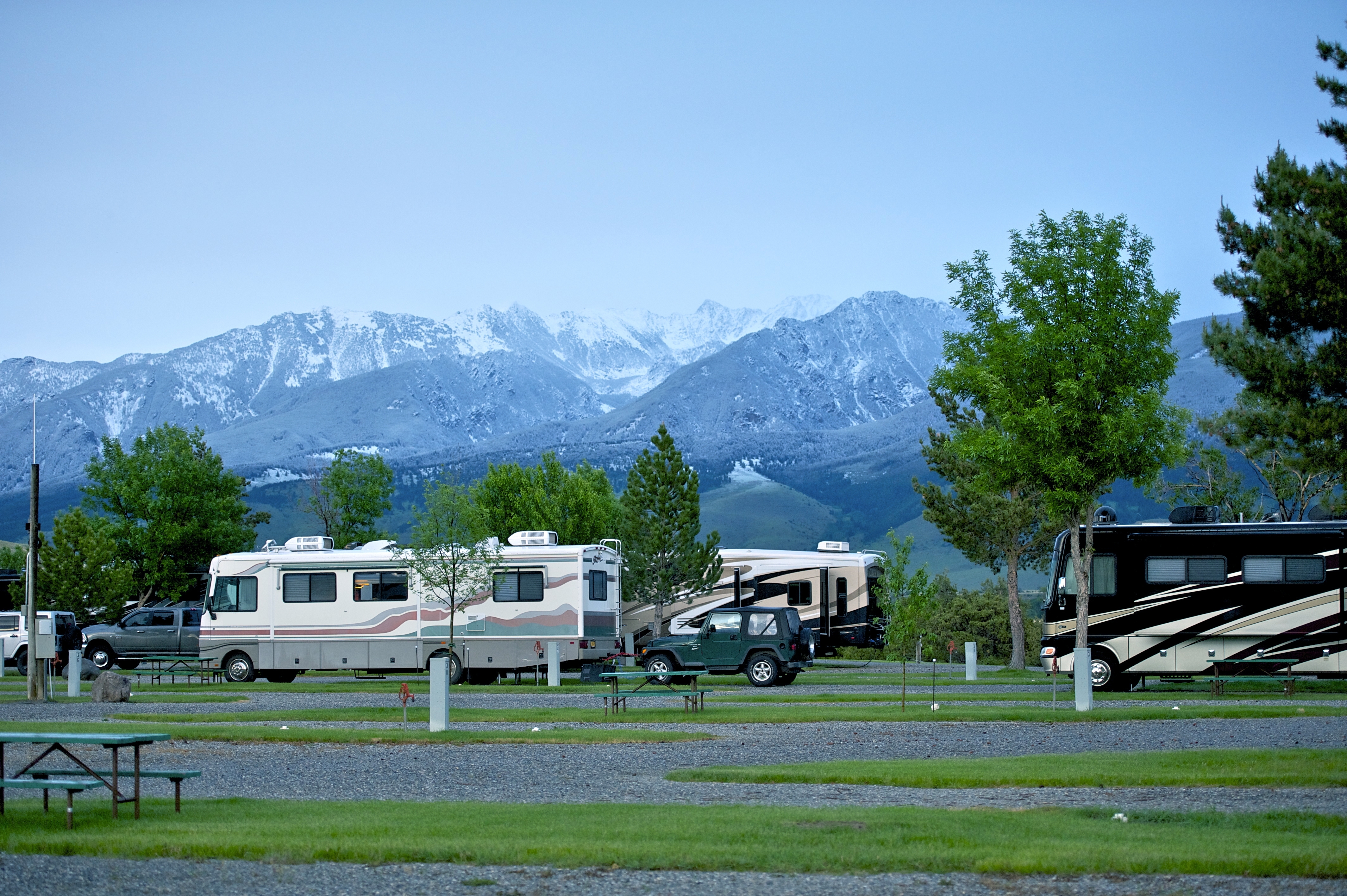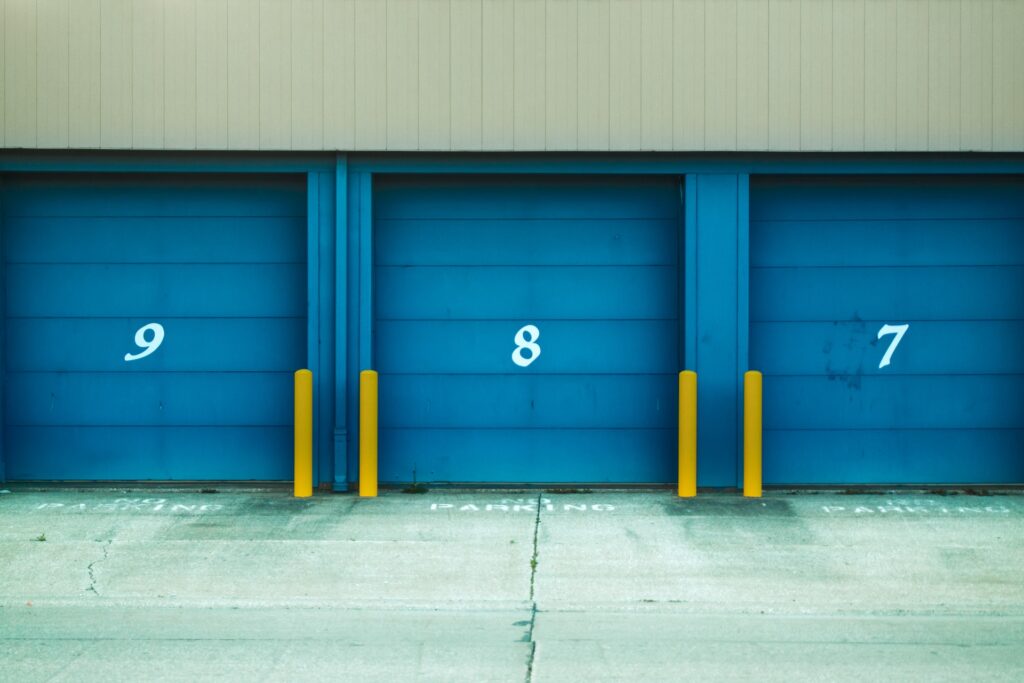Unexpected RV costs are something we often don’t think about in the excitement of shopping and purchasing a recreational vehicle. RV living has become an increasingly popular choice for those seeking adventure and the freedom to travel. I can say from experience, many people underestimate the various hidden costs that come with this lifestyle. Have you ever heard the phrase related to owning a BOAT? Break out another thousand? Its very similar owning an RV! From repairs you didn’t anticipate to campground fees, there are numerous expenses that can add up quickly and leave you scrambling to cover your expenses. To help prepare for these things, we’ve compiled a list of 13 unexpected RV costs that you may overlook before starting your RV adventures. I can likely come up with 25 more, but hopefully this article gets you thinking about some other hidden RV costs. In this blog post, we’ll provide tips on how to plan for each expense, ensuring that you can enjoy your travels without breaking the bank. Whether you’re a full-time RVer or just taking a short trip, it’s important to consider these hidden costs and plan accordingly to ensure a stress-free and enjoyable adventure on the open road.
1. Maintenance and Repairs

Your recreational vehicle (RV) is a piece of machinery that requires consistent maintenance in order to ensure its optimal performance. It is crucial to be prepared for the possibility of costly and unforeseen repairs, particularly when you find yourself at a considerable distance from a trustworthy mechanic and need mobile RV repair. To mitigate such situations, it is essential to allocate a portion of your budget for routine maintenance tasks, such as oil changes, tire rotations, and inspections of critical systems like brakes and suspension. In addition to these regular upkeep measures, it is also a good idea to establish an emergency fund specifically for any unanticipated issues that may emerge while you’re on the road. This financial safety net will not only provide peace of mind but also help to minimize the stress associated with unexpected repairs. By proactively addressing your RV’s maintenance needs and preparing for potential emergencies, you can safeguard your investment and ensure many enjoyable and worry-free miles of travel in your home away from home.
2. Fuel consumption

Many folks tend to overlook the considerable fuel consumption of their RV or tow vehicle during long trips. I for one didn’t think about it much when we bought our diesel pusher. I was so excited to have a new to us RV, I wasn’t thinking about how much fuel costs would be. Going from a pull behind trailer to a rig with a 100 gallon fuel capacity was something that took at little getting used to! To avoid this oversight, it’s a good idea to familiarize yourself with your vehicle’s fuel efficiency, whether it runs on gasoline or diesel. By doing so, you can accurately estimate your fuel expenses and incorporate them into your overall trip budget. When mapping out your itinerary, take into account the distance between destinations, fuel costs in various regions, and any potential detours or traffic congestion that may impact your RV’s fuel consumption. It’s also helpful to use mobile apps or websites that provide real-time fuel prices and assist in locating the most cost-effective refueling options along your route. By being proactive in researching and considering fuel efficiency, you can make more informed decisions when planning your adventures, ultimately leading to a more enjoyable and budget-conscious RV trips.
3. Campground and Resort Fees

Without much thought, RV parks and campgrounds might appear to be reasonably priced; however, these fees can accumulate rapidly, particularly if you choose to stay in sought-after tourist destinations or during peak travel seasons. To help mitigate RV campsite costs and potentially save money, you may want to explore alternative accommodation options such as boondocking or utilizing free or low-cost campsites. Boondocking, also known as dry camping, involves parking your RV in a location without the typical hookups for water, electricity, and sewer. Many RVers enjoy boondocking in remote areas, on public lands, or even in designated parking lots, where it’s permitted. This style of camping can provide a more authentic, off-the-grid experience while simultaneously reducing accommodation expenses. Additionally, there are numerous free or low-cost campsites available throughout the country, often found in national forests, state parks, and other public lands. Utilizing these budget-friendly options can be an excellent way to explore beautiful, lesser-known locales and immerse yourself in nature.
Related: 10 Essential Camping Trip Tips for Beginners
4. Insurance

Securing adequate insurance for your RV can be a significant expense, particularly if you’re residing in it full-time. As with any insurance policy, it’s essential to thoroughly research your options and compare rates and coverage to find the best fit for your needs. One effective strategy to potentially reduce costs is to bundle your RV insurance with your existing car, home, or other insurance policies. For instance, insuring a Class A motorhome can result in annual premiums upwards of $2,200, depending on the level of coverage you choose. While this may provide comprehensive protection, it can be considerably more expensive than insuring other types of RVs. By bundling your policies, you can often benefit from discounts and lower your overall insurance costs. Additionally, don’t hesitate to ask about other potential discounts, such as safe driver or accident-free incentives. Consider adjusting your deductible to find a balance between premium affordability and adequate coverage. Remember to reevaluate your insurance needs periodically. Changes in your circumstances may warrant adjustments to your policy.
5. Propane
The costs associated with propane and electricity can accumulate, particularly during extended RV usage. To mitigate these expenses consider investing in alternative energy solutions. Suggestions include solar panels or other energy-efficient measures. Solar panels can be a valuable addition to your RV setup. There are many options available for solar, and you can research both YouTube and the internet for RV solar options. This renewable energy source can significantly reduce your reliance on propane and grid-based electricity, ultimately leading to cost savings over time. Moreover, solar power is environmentally friendly, helping to minimize your carbon footprint while you travel. In addition to solar panels, implementing other energy-saving measures can further decrease your energy costs. These might include upgrading to LED lighting, using energy-efficient appliances, and ensuring proper insulation and weatherproofing to minimize heat loss.
6. Taxes and registration fees
Depending on where you live or are homebased, you may be obligated to pay taxes and fees associated with registering and maintaining your vehicle. Some states impose higher charges on larger or more upscale RVs, further affecting your budget. For example, in South Carolina you pay a yearly ad valorem tax. To accurately account for these costs, make sure to thoroughly research the specific tax rates and registration fees applicable to where you will register the RV. This information can typically be found on your state’s Department of Motor Vehicles (DMV) website or by contacting your local DMV office directly. Additionally, be aware that tax rates and fees may vary between states, so if you’re considering relocating, it’s crucial to factor in these potential differences when planning your finances. In some cases, you may also be eligible for deductions on your taxes related to RV ownership, particularly if you use the vehicle as your primary residence. It’s wise to consult with a tax professional to determine which deductions may apply to your unique situation.
7. Storage fees
For those who do not utilize their RV full-time, storage fees may become an additional expense when the vehicle is not in use. The costs associated with storing your RV can fluctuate based on factors such as the size of your recreational vehicle and the location of the storage facility. When seeking a storage solution for your RV, it’s essential to consider all of your options, which may include outdoor storage lots, covered storage, and indoor climate-controlled facilities. While outdoor storage lots tend to be the most affordable, they may not provide optimal protection from the elements. On the other hand, indoor climate-controlled facilities typically offer the best protection for your RV but come with a higher price tag. Before committing to a storage facility, make sure that you research and compare prices, security features, and accessibility in your area. Additionally, consider the proximity of the facility to your home or frequently traveled routes, as this can impact both convenience and fuel costs when retrieving or storing your RV.
8. Internet and communication
Internet and communication services are essential aspects of modern life, and this remains true even when traveling or living in an RV. Although numerous campgrounds provide internet and phone services, it is important to be aware that these may not be included in your camping fees and could incur additional charges. Many RV park wifi systems are very unreliable (in our experience). For those who need consistent and reliable internet connectivity for work, entertainment, or staying connected with family and friends, investing in a mobile hotspot or other wireless solutions may be a more suitable option. Mobile hotspots allow you to create a personal Wi-Fi network using cellular data, ensuring that you have access to the internet even when you’re away from traditional Wi-Fi sources. There are various hotspot devices and data plans available from different cellular carriers, each with their own pricing structures and coverage areas. Additionally, you may want to consider signal boosters or Wi-Fi extenders to improve the quality and range of your connectivity, particularly in more remote locations.
9. Toilet Paper
Utilizing regular toilet paper in an RV can result in expensive plumbing issues over time. Consequently, investing in RV-specific toilet paper may be a good idea to consider for all RV owners. This specially designed product is formulated to dissolve rapidly and effortlessly in water, effectively reducing the risk of clogs and blockages within your RV’s plumbing system. Although RV toilet paper may carry a slightly higher price tag compared to its regular counterpart, the added expense is justified by the peace of mind it offers. By using RV toilet paper, you can protect your vehicle’s plumbing and avoid the inconvenience and costly repairs that could stem from using unsuitable alternatives.
10. Sewer Hose
Unexpected RV costs that may not be immediately apparent when initially planning your RV adventure are also related to the tanks. One such often-overlooked item is the sewer hose, a vital component of your RV’s plumbing system. The sewer hose functions as the connection between your vehicle’s waste holding tank and the campground’s sewer infrastructure. Although it might appear to be an inconsequential accessory, a superior-quality sewer hose plays a significant role in averting leaks and untidy spills. By allocating funds for a sturdy and dependable sewer hose, you can ensure the proper disposal of waste from your RV, ultimately safeguarding both your vehicle and the environment. This investment not only contributes to a more pleasant and hassle-free camping experience but also has the potential to save you money in the long run by preventing damage caused by subpar hoses. For a good sewer system setup with associated accessories, you can expect to pay the equivalent of $10-15 per month – or over $100 for one shopping excursion.
11. Black Tank Treatment
More on RV tanks. Managing RV black tanks effectively is crucial to prevent the emergence of foul smells and unhygienic conditions within your vehicle. A popular solution among RVers is the use of black tank treatments, which are specifically designed to decompose waste and neutralize unpleasant odors. These treatments come in various forms, such as tablets and liquids, allowing you to choose the most convenient option for your needs. Although black tank treatments are indispensable for upholding a sanitary and odor-free environment in your RV, their usage can lead to unexpected RV costs. In fact, we have found its a cost that can run $50 or more a month regularly. This often hidden cost depends on how much you are out in your RV. If you are full time RVing, you will spend more, while weekend RVers won’t spend quite as much. To accommodate these expenses, it’s essential to factor them into your overall RV budget. Additionally, you may want to research and compare different products to find the most cost-effective option that meets your specific requirements.
12. Surge Protector
Adding a surge protector to your RV is essential to protect your electrical system from any power fluctuations or surges. It’s another one of those unexpected RV costs we might not think about. A surge protector acts as a safety net, absorbing any excess or harmful voltage spikes and keeping your appliances, electronics, and other electrical systems safe. While surge protectors can be a relatively inexpensive investment, it is essential to invest in a high-quality surge protector that can handle the voltage spikes that may occur at various electrical hookups. Choosing a cheap surge protector with low quality may result in it burning out or failing, which can cause more significant electrical problems and further expenses down the road. It’s always best to choose a surge protector with robust protection and durability, even if it comes at a higher price.
13. Unplanned expenses
No matter how much you plan for your RV living expenses, there will always be unexpected RV costs that arise. These can range from emergency repairs to medical bills, and they can quickly add up, leaving you scrambling to cover the costs. That’s why it’s essential to have an emergency fund set aside to cover these expenses. Ideally, your emergency fund should be able to cover at least three to six months’ worth of living expenses, including your RV-related costs. To build up your emergency fund, start by setting aside a small amount of money each month, even if it’s just a few dollars. Over time, these small contributions will add up, providing you with a safety net in case of unexpected expenses. You may also want to consider setting up automatic contributions to your emergency fund to make it easier to save.
Conclusion
In conclusion, RV living can be a rewarding and adventurous experience, but it’s important to be aware of the unexpected RV costs that come with this lifestyle. By factoring in expenses such as maintenance, fuel consumption, and insurance, you can better plan and budget for your travels. Don’t forget about the costs associated with campground fees, storage, and internet and communication services, as they can quickly add up and impact your overall budget. Additionally, unexpected expenses can arise, so having an emergency fund set aside is crucial to ensure that you’re prepared for any surprises. While there are hidden costs to consider, with proper planning and budgeting, RV living can provide you with the freedom to explore new places, connect with nature, and create lifelong memories on the open road.





